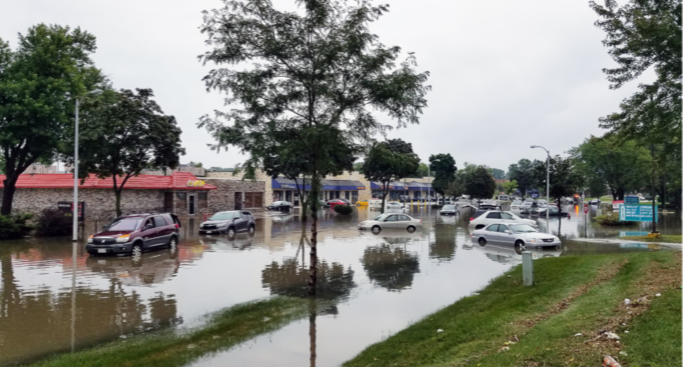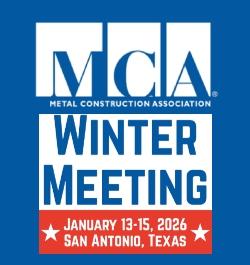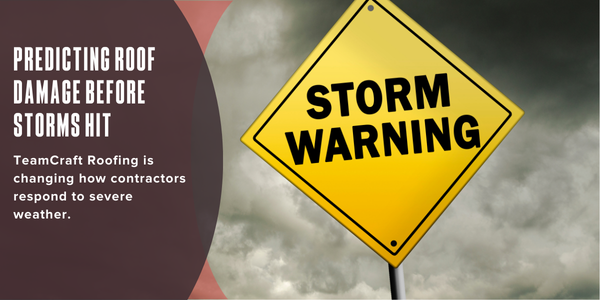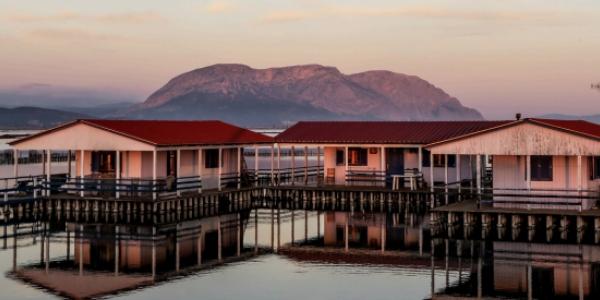Long Before Disaster Hits, Building Codes Can Provide Damage Protection

By Justin Koshcer, PIMA.
Acknowledging the value of improved building codes, FEMA is offering pre-disaster mitigation funding to states and jurisdictions that will incentivize owners to upgrade existing buildings to new standards.
Aerial images of the Florida Panhandle in the aftermath of Hurricane Michael seem almost post-apocalyptic in their illustration of the widespread devastation wrought by the storm’s powerful wind, storm surge, and precipitation. Yet nestled amid the rubble and debris, a few anomalies appear – homes and structures that weathered the disastrous conditions with little apparent damage even as neighboring houses lay in ruin.
Media coverage of the storm included profiles of some of these structures. The New York Times described a home “built for the big one” and the Washington Post highlighted low cost reinforcements that saved other homes. A common theme was that all of these homes were built with conscious attention to building code standards that could increase resiliency to extreme weather.
While concrete walls and extra nails and fasteners might shine as methods to prevent damage, boosting survivability of buildings through construction standards is only part of the broader picture. A suite of building codes that minimizes structural damage can also provide savings in normal operational circumstances. Buildings that maximize insulation and vapor barriers save money every day through reduced energy usage. But when disaster strikes, they have the added ability to keep the temperature of interior spaces habitable when electricity is knocked out for extended periods after a storm.
Building codes are the minimum standards for structures designed to protect public health, safety, and general welfare as they relate to the construction and occupancy of buildings. They comprise a collection of guidelines related to all of the interconnected parts of a building: the roofing systems, wall components, fire prevention, safety features, plumbing, electrical, and HVAC systems. They are designed to work together and often upgrades in one area can create momentum to make a building more robust overall: better windows may require updated flashing or insulation that will help the building with general durability and also increase its resistance to major events.
As climate change continues to impact the built environment, the building industry has been keen to refocus on what sustainability really means. While earlier efforts at “green building” might have been to incentivize adding bike racks, today’s resiliency work goes to the very purpose of building—to create structures that will protect occupants from the elements, function well over time, and perform efficiently even in adverse circumstances.
Acknowledging the value of improved building codes, FEMA is even offering pre-disaster mitigation funding to states and jurisdictions that will incentivize owners to upgrade existing buildings to new standards, a process that can be particularly cost-effective when other renovations are already taking place. Though added costs may seem daunting, studies have shown that for each dollar of added cost in bringing buildings up to higher standards, there is almost $6 in savings from damage prevented, not to mention reduced costs from improved energy performance throughout the life of the building. The upgrades literally pay for themselves over time.
While no building code can guarantee complete protection from hazardous weather and natural disasters, adopting higher standards does greatly increase the odds that a building will have minimized damage and a more habitable internal environment in the aftermath of a storm. Taking advantage of the building technologies and construction methods that meet the most progressive codes is a decision that will often pay for itself many times over.
Learn more about PIMA.
Source: PIMA





















Comments
Leave a Reply
Have an account? Login to leave a comment!
Sign In